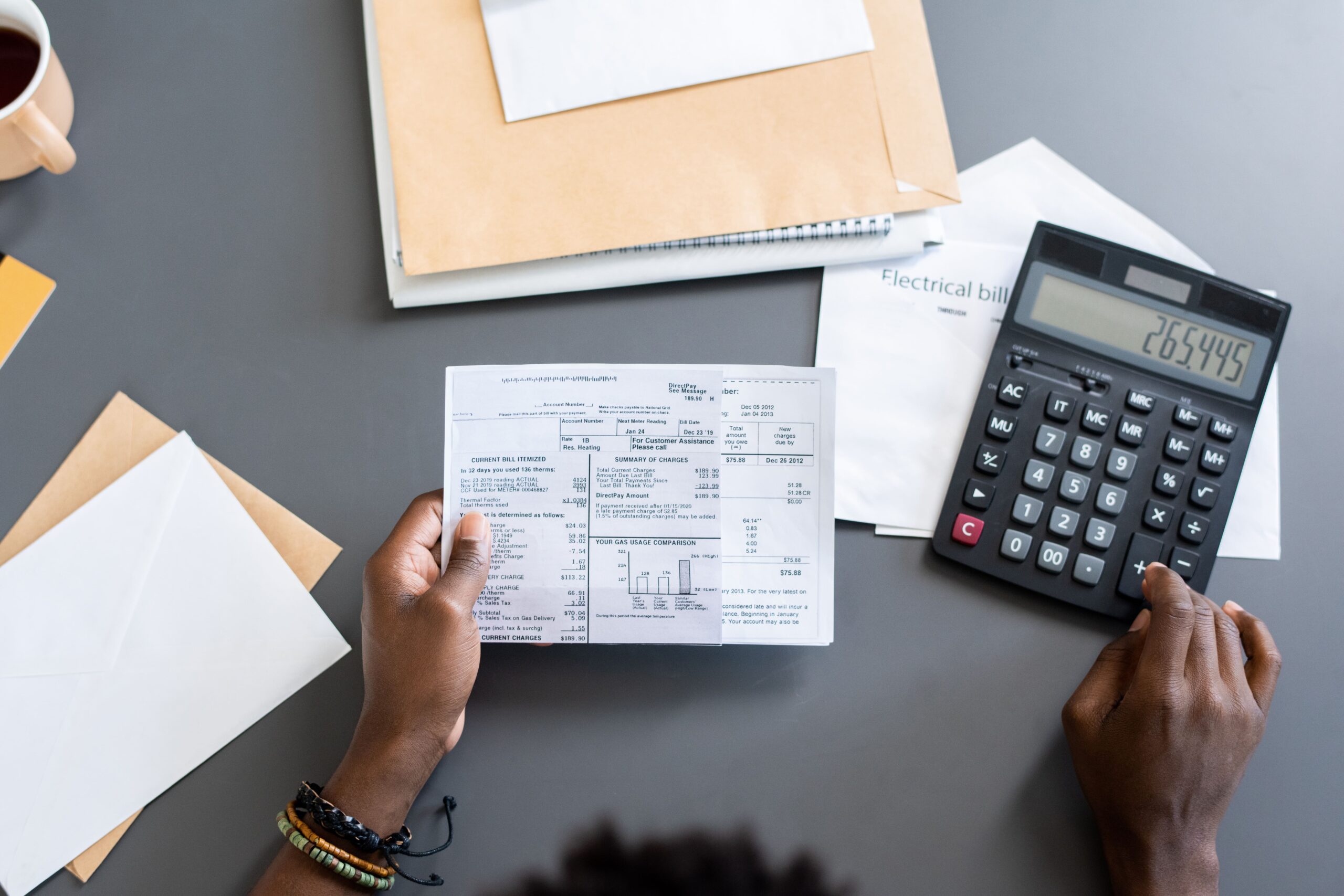Looking for strategies on how to increase your personal tax allowance?
There is a range of personal tax allowances that can make a significant difference to your overall liability for tax.
Understanding personal tax allowances is essential to ensure that you don’t end up paying more tax than is absolutely necessary.
What is a personal tax allowance?
The personal allowance is the amount of income you can earn before paying tax.
The allowance is the same whether you are employed, self-employed, or retired.
In the UK, this personal allowance has been frozen at £12,570 until April 2028.
How to increase your personal tax allowance?
While you cannot increase your personal tax allowance specifically, there are several other allowances and strategies that you can use to effectively reduce the amount of tax for which you are liable.
Here are five ways to reduce your overall personal tax liability.
Marriage Allowance
If you’re married, or in a civil partnership, and one of you earns less than the personal tax allowance threshold, a portion of this unused allowance can be transferred to your partner. This reduces the amount of tax the partner is liable to pay. Should both partners in a marriage earn over the marriage tax allowance, this allowance is removed.
Personal savings allowance
Basic rate taxpayers can earn up to £1,000 in interest on savings without paying tax. For higher-rate taxpayers, the allowance is £5002. Individuals can contribute £20,000 per tax year into ISAs, with any interest, income, or capital gains earned within an ISA account being exempt from tax. This means you can take an unlimited income from investments held in an ISA without being taxed.
Pension contributions
Contributing to your pension can reduce your taxable income. The Government pays tax relief on pension contributions, meaning some of the money you would have paid in tax on your earnings will instead go into your pension pot.
Currently, individuals can contribute up to £60,000 into their pension pot tax-free.
Contributions above that amount will be liable to income tax at the highest rate paid by the individual.
Capital Gains Tax Allowance
The Capital Gains Allowance is the amount of tax-free profit that you can enjoy when you sell valuable items, such as properties that are not your principal residence. This is calculated by taking the amount that the item is sold for, minus the amount that was paid for it. Other applicable expenses are also removed from the total, such as any payments that were made to organise the sale.
The current Capital Gains Tax (CGT) Allowance is £6,000. The amount of tax for which you are liable depends on what is being sold, and the income tax band of the seller.
EIS Investments
The Enterprise Investment Scheme (EIS) can provide a realistic way for higher-rate taxpayers to increase their personal tax allowance. Investments made through the EIS into eligible companies can be eligible for a range of tax reliefs, such as income tax relief, inheritance tax relief, CGT deferral and exemption. In some cases, you may be able to claim up to 30% income tax relief on the value of your investment.
Comprehensive tax advice and guidance from DAAFL
If you’re wondering how to increase your personal tax allowance, then the experts at Digital Accounting & Finance can provide the answer.
Our specialist personal tax advice team can help you reduce your overall tax liability and ensure that you meet your obligations.
Contact us for personalised advice and guidance about tax and financial planning.
